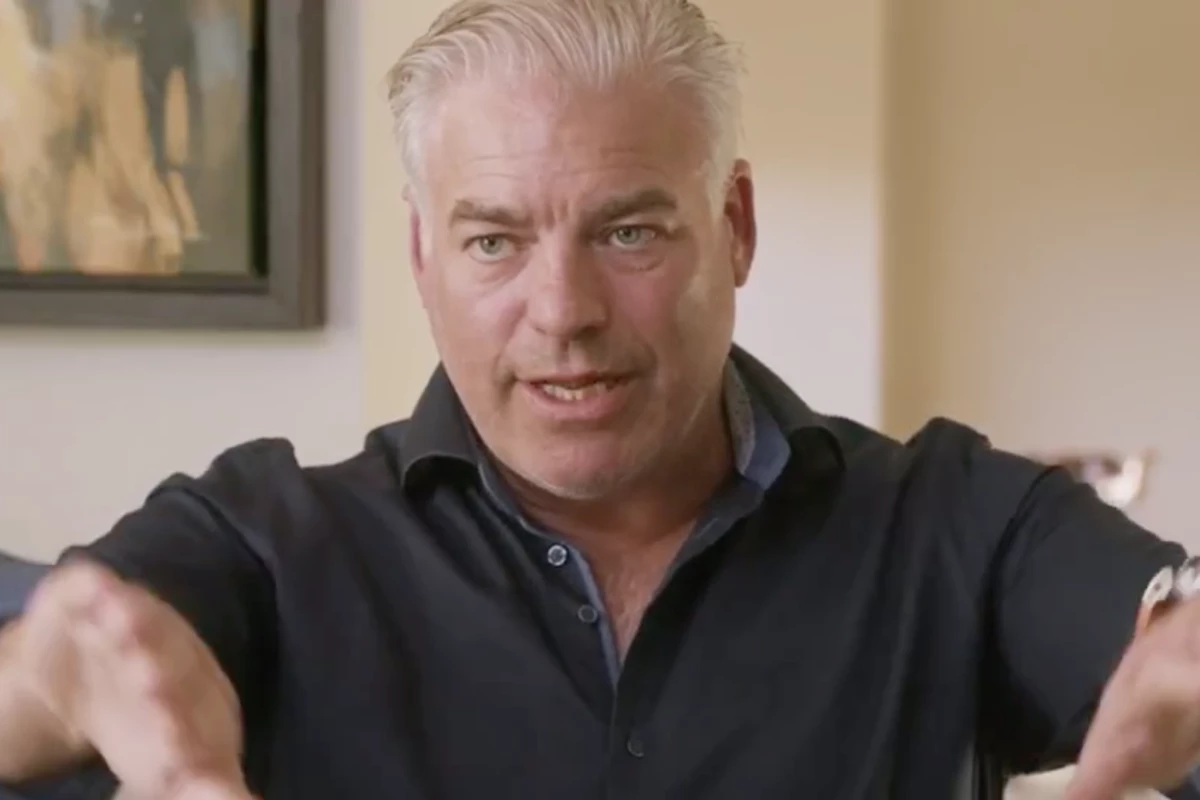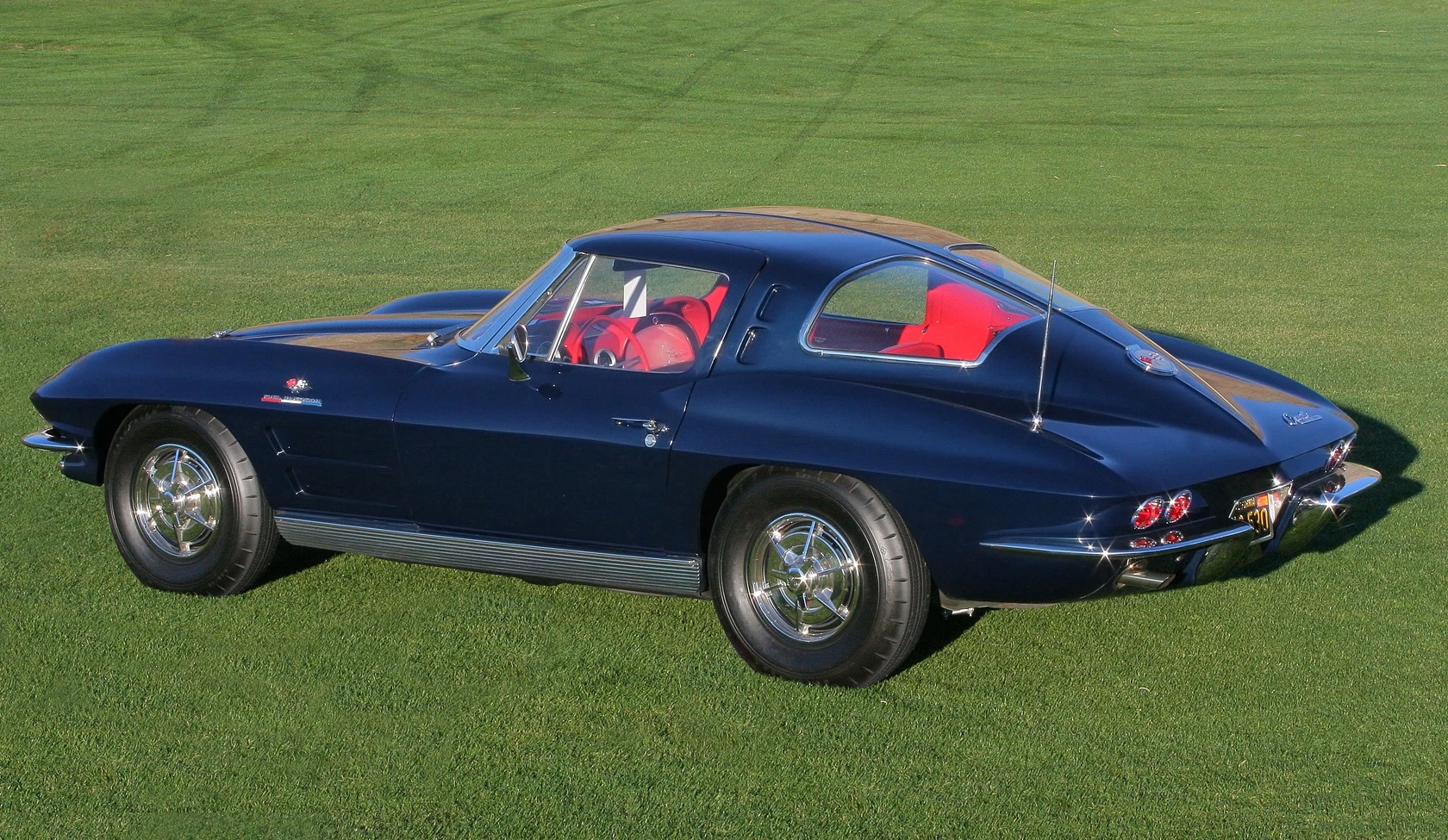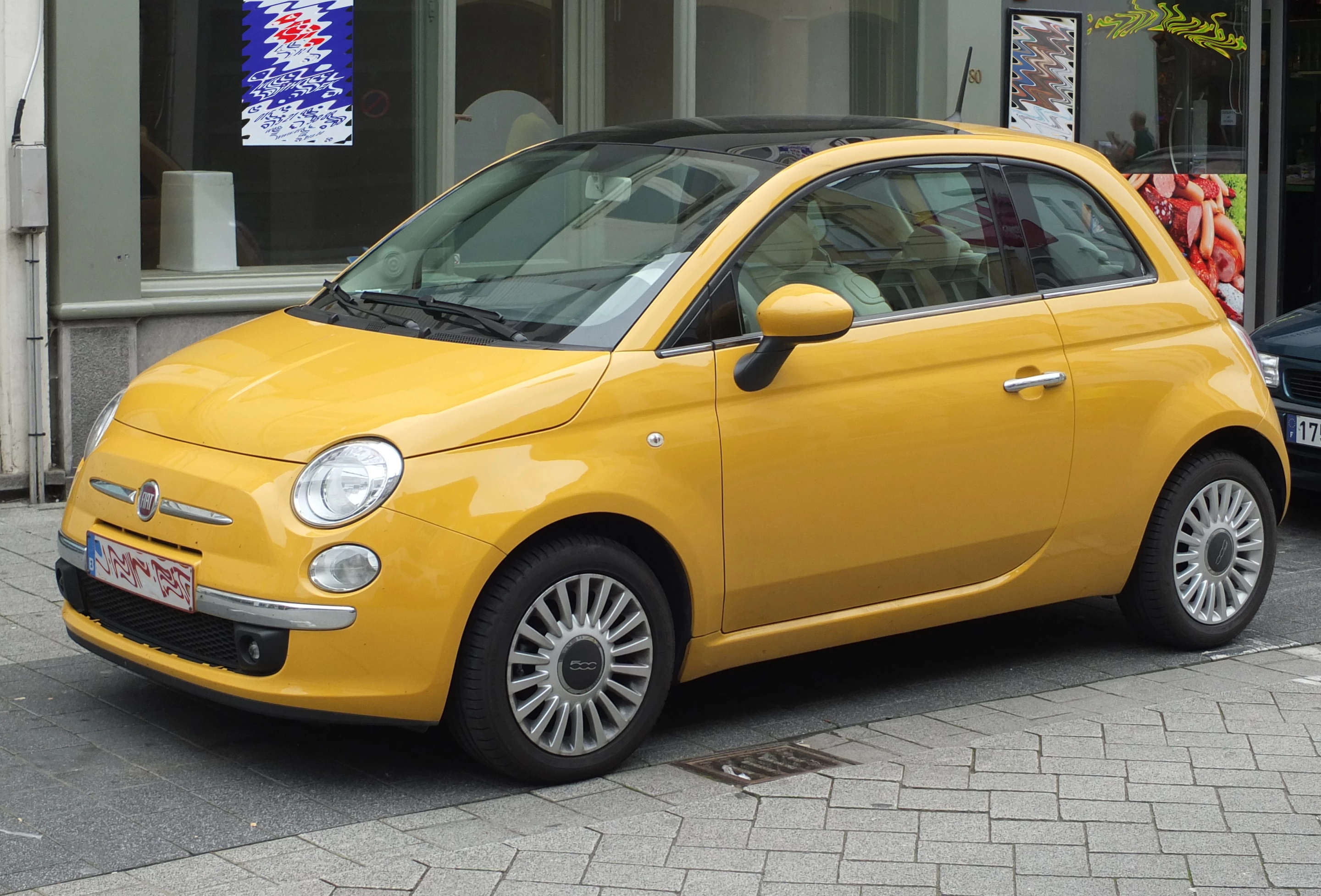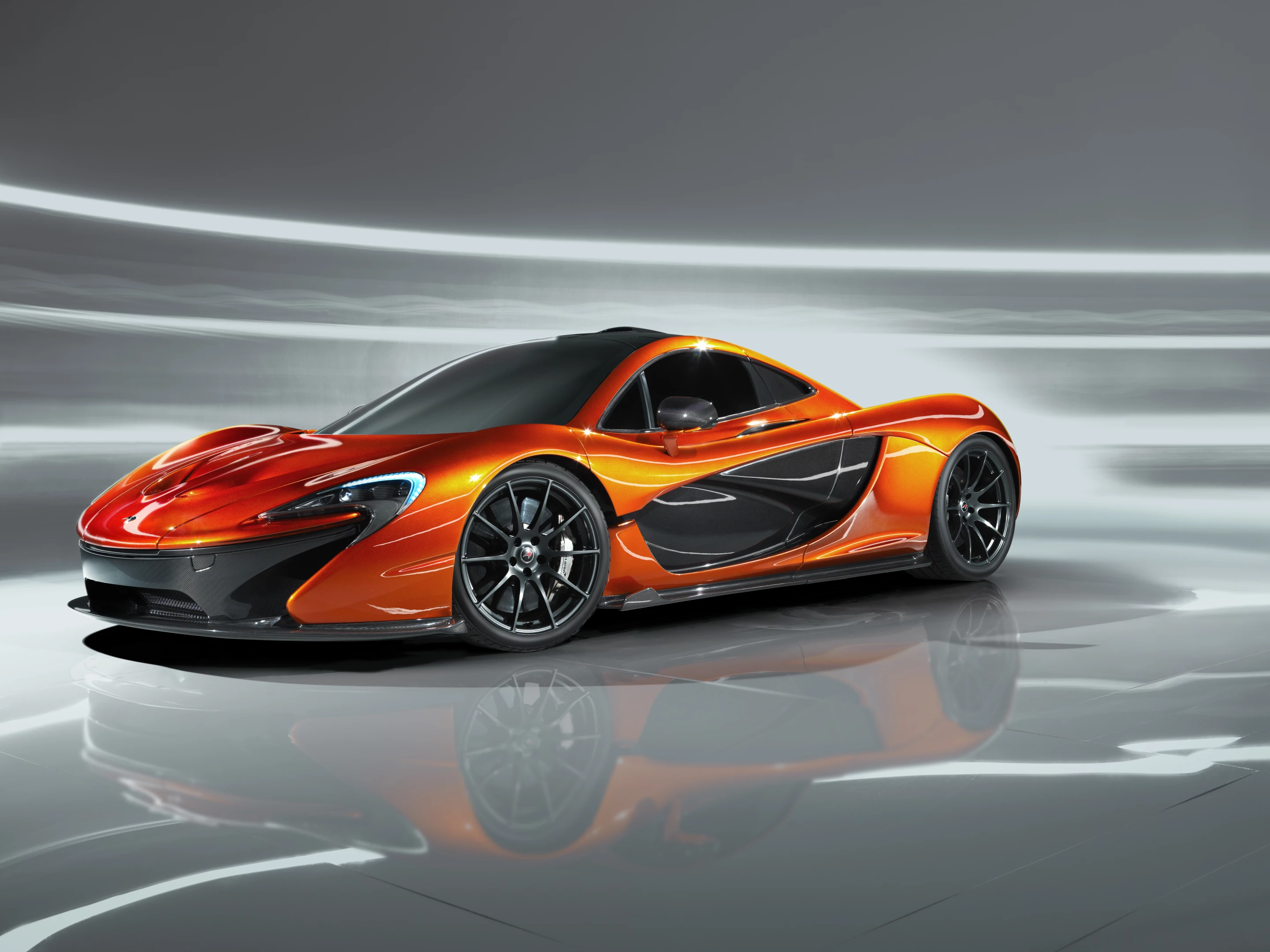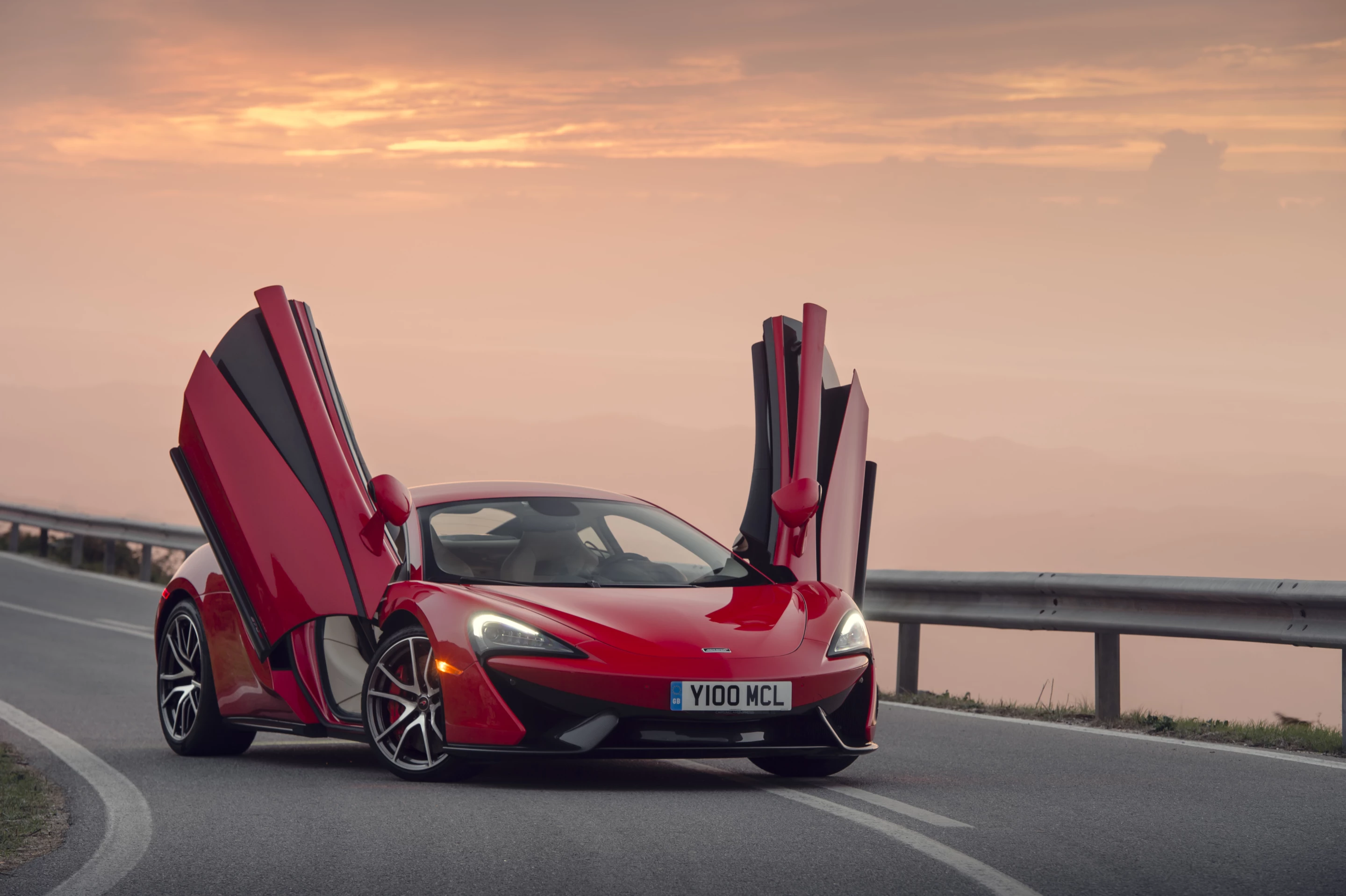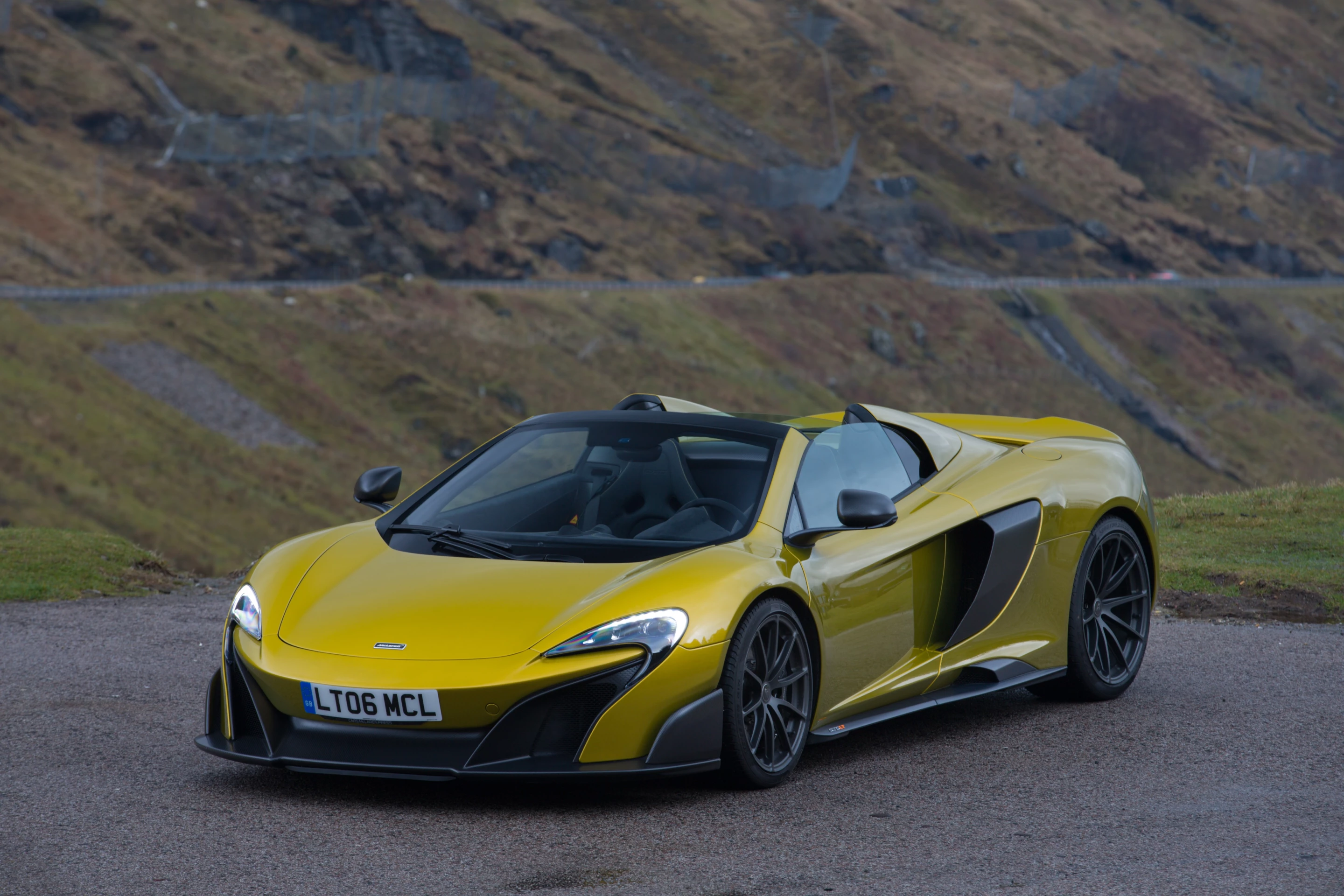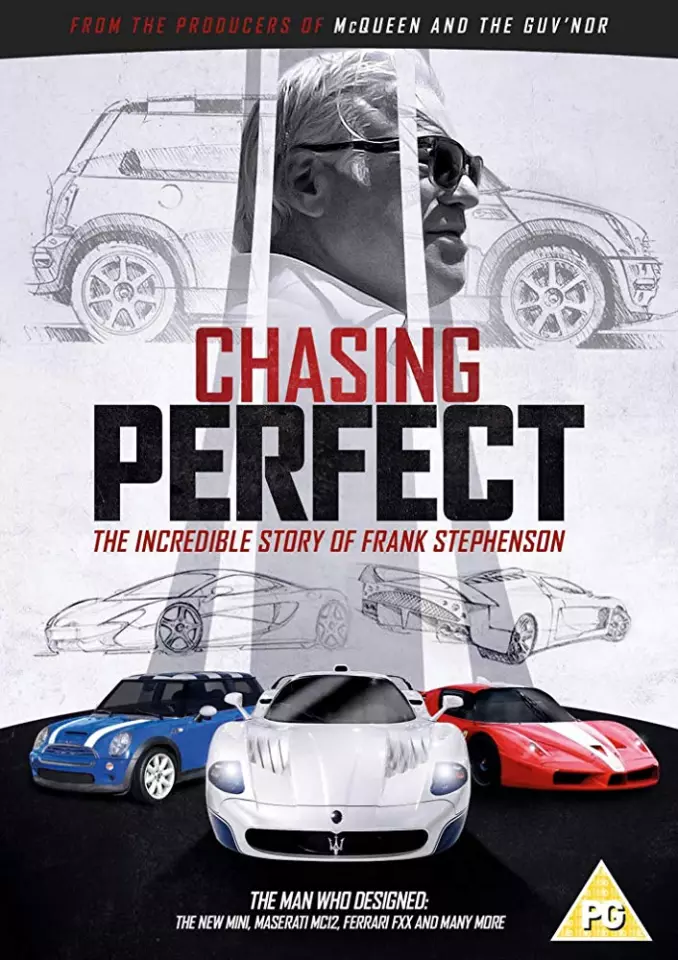Frank Stephenson has had an absolute dream career in automotive design, bringing cars as disparate as the BMW X5, Ferrari FXX, Mini Cooper, and McLaren P1 to life. More recently, he's started his own independent design studio, and is also director of design for Lilium's flying car project.
None of it might ever have happened if he was just a tiny bit better on a dirt bike. As a teenager, Stephenson was a motocross racer, frequently finishing in the top 10 in international-level racing. But his perfectionist father wasn't impressed. "If you're not on the podium, nobody will remember you," he told a young Frank. "You're good, but you're not good enough to be the best. Find something you can be the best at."
That kind of tough love is how Stephenson found himself giving up his motorcycling dreams and diving into the insanely competitive world of automotive design, where he has made a case for himself as one of the most successful and influential designers of the last few decades.
Best known for building an entirely new design language for McLaren as the company moved into making street cars like the P1, 570S, 720S and 675LT, Stephenson was also responsible for the rebirth of the Mini Cooper and Fiat 500. He served as Director of Concept Design and Development for Ferrari and Maserati in the early 2000s, working on cars like the Ferrari FXX and F430, and overseeing Pininfarina's work on the Maserati Quattroporte, and GranTurismo.
He designed BMW's X5 SUV under great duress on a plane flight, and had it modeled and prototyped within a ridiculously tight six weeks, making it what he calls "the fastest designed car in automotive history." The head of BMW walked around the prototype twice, and said "perfect, that's it, put it into production, we're not changing a thing" – and the X5 has served as the design basis for every BMW SUV built ever since.
Stephenson now finds himself the subject of a fascinating and inspiring new documentary called Chasing Perfect, which details his extraordinary life, his wildly driven mindset, and his approach to his most storied projects.
The documentary, directed by Helena Coen, gives an eye-opening account of what it takes to succeed in the world of design. Stephenson talks through his sources of inspiration, his frequently bizarre approach to his work (like the time he billed McLaren £10,000 for a taxidermied Sailfish, which his team used as inspiration for the P1 hypercar), and the awesome responsibility of creating the future. I found it a wonderfully rare glance into the working mind of a very amiable character at the absolute pinnacle of his game. The trailer for the film is at the bottom of this page.
We caught up with Frank over Skype to discuss the film, his work, and his inspirations in a two-part interview we'll be completing over the coming days.
We'll let Frank take it from here in his own words.
On being forced to quit motorcycle racing:
It was tough. At that level, and at that age, you're fearless, and you think can do anything, and you think you'll just keep getting better and better. It takes somebody that really loves you to tell it like it is. Other people might not care enough, or dare to tell you that you're not good enough.
A father like that... You don't see it at the time, but nobody loves us like our parents. Nobody wants the best for us like our parents. I'm just lucky that I didn't rebel and tell them to take a hike.
I don't know a lot of fathers that are that tough on their kids. He was a tough dad. But at the same time, it wasn't a violent relationship, it was a loving relationship. The trust was built. I knew that when he told me something like that, he wasn't saying it to be bad to me, he just wanted the best for me.
I always had that kind of fierce drive to do well, so to veer off in another direction and go and study car design, I knew I'd attack it and do the best I could. It was a case of "I'm not good enough to be on the podium, so if I want to fulfill myself completely, I have to have a stab at something else."
New Atlas: Do you feel like you're on that podium now in the design world?
Nobody wants to give themselves a trophy, but I'll tell you what, the results prove to me that I've landed in the spot where I was meant to be. Let's just say I've been on the podium a few times. The designs have resonated with the public, and they've brought increased value to the companies. Luckily I've been able to achieve that.
If you hit a home run once, it doesn't make you a home run hitter. But if you can do it consistently, you're somebody that can be relied on to make a contribution to the team. I've been on that podium more times in design than I ever was in motocross, that's for sure.
On the current state of car design and the move toward electric:
If you look at what's successful in design, it's the guys that are taking risks and not just maintaining the status quo – which will eventually get boring.
There's a guy called Laurens van den Acker who runs Renault design – not that Renault design is something that kids pin up on their walls and say "wow, I can't wait to be 18 and drive that car!" But the way van den Acker approaches design, it's always pushing to the next level. It's something that almost looks a bit like a concept car, but it's the real thing.
Citroen has a good feel on that, too. There are a lot of emerging car companies coming through right now that are heading toward the electric market. That leads to a different type of design – for one, you don't need radiators any more, so you don't need grilles in the front of the car.
That's a great opportunity to change the proportions of the car, you don't have to worry about this great bulky mass of engine in the front or middle of the car. You can re-evaluate the interior too, because you've got more space. You can make the inside much more usable. Eventually, cars will get to level 5 autonomy, and that'll open up a whole new realm of design for the interiors of cars.
Think about the new generation of kids that are growing up right now; they're not as visceral as we were growing up, with all the sounds and screeches and mechanical clicks of engines cooling off… Those sounds are now moving toward electric sounds. Things are becoming a lot less mechanical and more electronic. Maybe that's the exciting factor for electric car design; how do you make a car sound cool? If you hear a lock close, maybe it'll be magnetic, and super clean.
We always used to have buttons and dials on the stereo, and you'd feel them going through that ratcheting, notchy movement which felt really good to our generation. Kids will probably become more used to just sliding their fingers on something and sensing the volume going up. Or even just using voice control. So the whole range of design is changing, and what we're doing today will seem antique one day down the line. And that's what design and progress is all about.
On historical designs that have inspired him:
I kinda like design that shakes up the world a little bit, but not in a way that makes you stand back for a second. Good design should give you that kind of excitement where you want to get closer to it.
A lot of designs today are trying too hard to be different. For me it almost seems that ugly is the new beautiful. I don't mean that in a bad way, but it's like how shocking can you be in different areas of the car?
Good design, if you look back in the 50s and 60s for car, motorcycle, furniture design, they were being artistic about it. Beautiful, good sense of proportions, good surfacing, nothing that made you step back and go whoa! Why? No!
I admire that artistic sense of proportion and sculpture we had in those days. Now there seems to be a trend toward more origami-like shapes. As if cars are being folded instead of being shaped by hand. You get sharp edges that you're hesitant to run your hand across, they look like they might cut you.

My true love, my honest love is for that age. The 50s and 60s. Those great Corvettes. One of my favorites was the 63 split window Corvette Stingray. It's iconic now. Nobody wants to sell theirs.
That car was difficult to see out of if you looked backwards. There was a big bar in the middle - but that was the artistic license they had in that day, because it looked so good. The next year, they got rid of that, and it demoted the design status of that vehicle after that.
But the Alfa Romeos from the 50s and 60s, the Lancias from the 50s… The one company that consistently hit it right for me in the 50s and 60s was Jaguar. They had a development phase led by an aerodynamicist called Malcolm Sayer, and he was the guy that influenced the design of all the Jags from the mid-50s up to some time in the 60s. They had some absolutely stunning cars. The C-type Jag, the D-Type Jag, the E-Type Jag, the XK line, the 120, 140, 150…
New Atlas: In Chasing Perfect, you talk about the E-Type Jaguar as the first car that really stopped you dead in your tracks
The E-Type… If I talk about it, I just start gushing, you'd have to shut me up. It wasn't designed, per se – it was an aerodynamicist's game. It was Sayer's dream of creating a purely aerodynamically functional car. As an everyday, drivable customer car, my gosh, if a guy doesn't have a moment of arousal when he sees the E-Type, I just don't understand. That car for me is just pure desire and lust. It's the proportions of it.
When you see anything that has the right proportions, be it a building, or furniture, or whatever… It just grabs you from the first moment you see it, and it just resonates. Like the first time you see the Acropolis. That's what's happened with me and the E-Type. I wasn't the least bit knowledgeable about design when I first saw it, it just had that effect on me. It looked like it fell from heaven, it seemed like it was glowing in the street and everything else just disappeared around it. There had to be some reason for that.
We're surrounded by things every day that don't stop us in our tracks, but that piece of design did. As I became more obsessed and infatuated with it, I started to learn why I had these strong feelings about this industrial product. It's the shape, it's the details, it's the environment inside and the coziness of it.
It's not overdone in the least, it's not like a woman with tons of makeup on, but it's not like a woman with no makeup either. It's like that girl that's gorgeous to begin with, and she puts on a little mascara or lipstick. But there's no foundation, or caked-on powder. It's nice and clean and pure, with only a minimum – probably the chrome – needed to make it feel right.
If you designed it today, it'd look old. You could try to do a modern version of it, but then you're really playing with an icon. That's always playing with fire, which our redesign of the Mini was, obviously. If you could do it with a sensitivity to what makes that vehicle so special, and you don't try to kill it with makeup or anything too radical, you could probably bring it up to date. But yeah, the E-Type is a car I look back to as one of the icons of automotive design.

So yes, the 63 split-window Stingray is great, the Alfa Romeo 33 Stradale is to die for, that goes way back. In today's world, what car would I die for? Whoo, tough one. I like the rawness and the pureness of the F40, but I guess that's back in the 80s. I sound like an old fart here!
If I went up to the modern age, what's coming out in the modern age, what do I like out there? I don't wanna say it, but I do like the McLarens. Because they really reflect my philosophy on what good car design should be, there's nothing on there that doesn't work, or doesn't need to be there. The P1 was an extremely successful hypercar design, pushing design to the limits in a way that hadn't been done before.
Read more in part two of this interview, in which we discuss Stephenson's use of biomimicry with respect to the McLaren P1, new Mini and Lilium flying car, as well as his thoughts on the documentary. Chasing Perfect is available now on iTunes, Amazon Player, Vimeo and all other major platforms. Check out a trailer below.
Source: Frank Stephenson/Lionsgate Films UK
